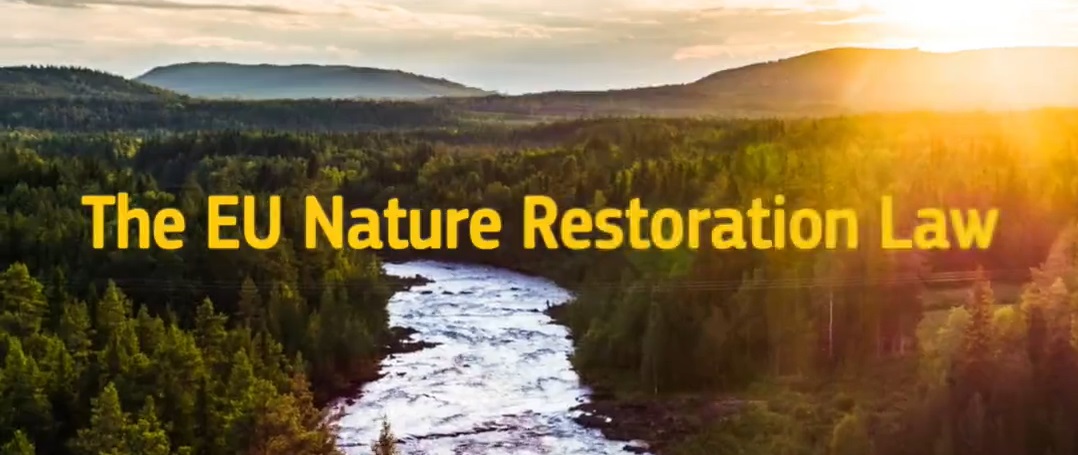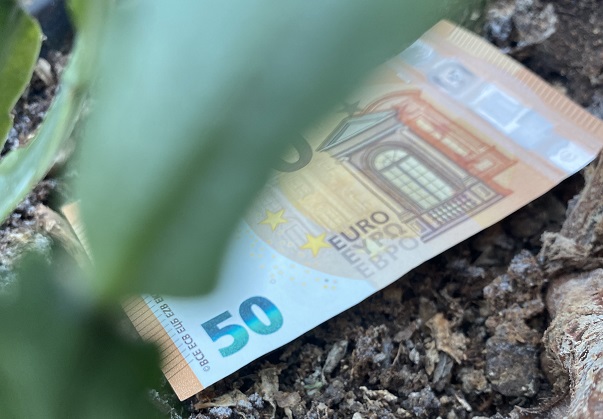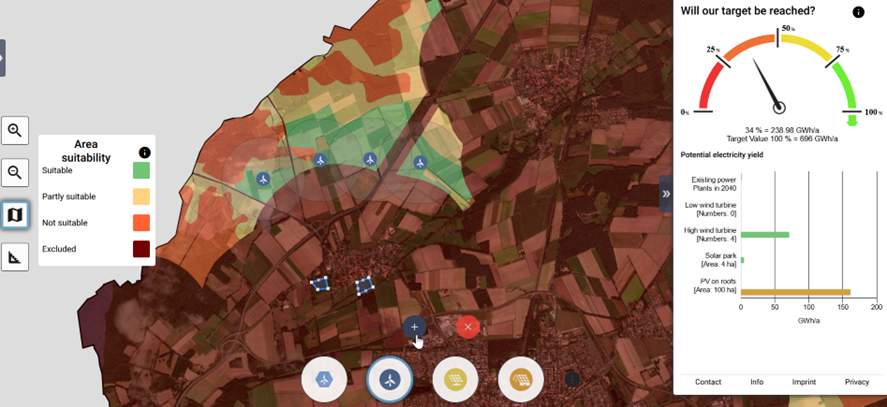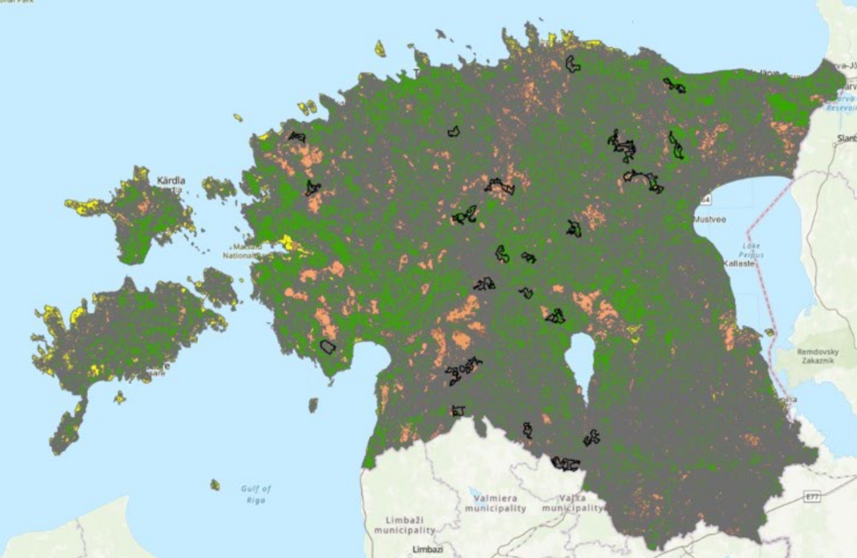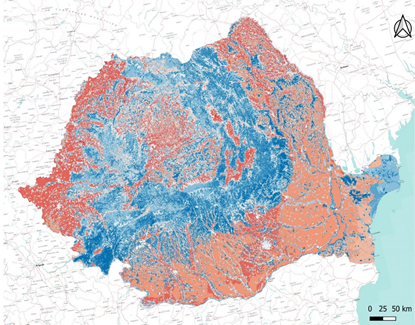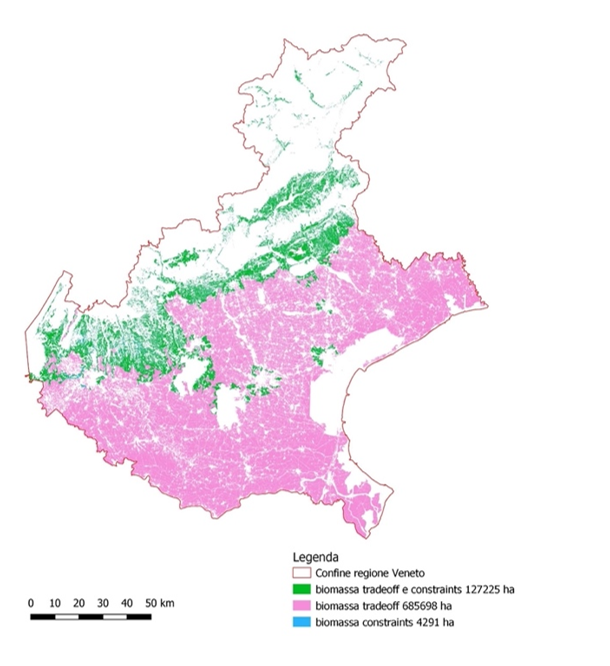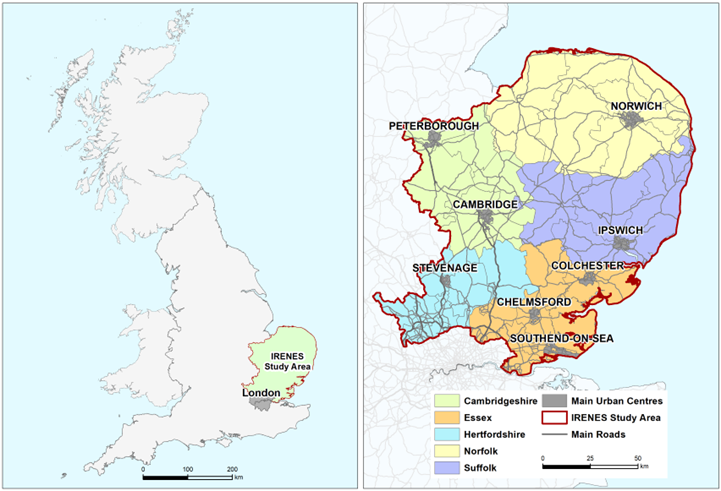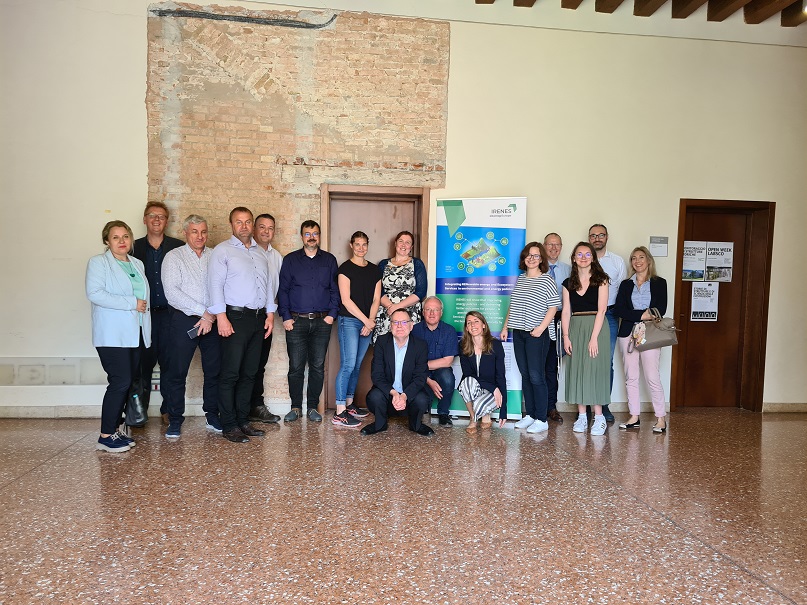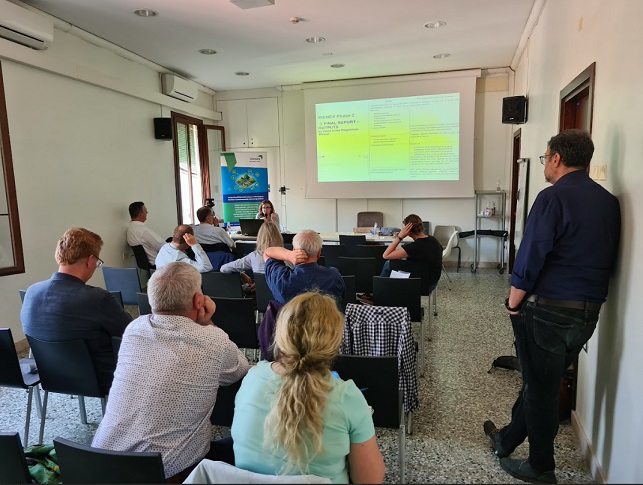Last March the 31st and April the 1st, Veneto Agricoltura – The Regional Agency for Agricultural Innovation - and the University of Padua organized for the first time on a national level a debate on agroforestry systems. A technical focus was scheduled on Friday afternoon in Legnaro (Pd) at the Corte Benedettina, while on Saturday in Ceregnano there was a guided tour of the experimental plants of the Veneto Agricoltura "Sasse Rami" pilot demonstration farm.
Veneto Agricoltura and the University of Padua (DAFNAE and TESAF Departments) hosted two interesting days of study on the subject of agroforestry. On Friday 31 March a focus on the principles and techniques of this important and innovative activity affecting the agricultural world took place in Legnaro (Pd) at the Corte Benedettina. The discussion analysed examples of the design of agroforestry interventions on farms, and funding opportunities, certification schemes, etc..
On Saturday 1 April , the event moved to Ceregnano at Veneto Agricoltura's "Sasse Rami" pilot and demonstration farm, where participants could visit the experimental agroforestry systems that the regional agency has set up in recent years.
The event pointed out that it should be remembered that agroforestry systems represent an important production model that is resilient to climate change thanks to the interactions between trees, shrubs, herbaceous crops (cereals, vegetables and legumes) and the grazing of animals on the same agricultural land. Popular for centuries, these systems have been progressively abandoned since the 1960s, leaving room for monocultural and intensive production systems typical of conventional agriculture.
In the last decade, the experience of many farmers and the scientific community, both nationally and internationally, have recognised the great potential of modern agroforestry systems in being able to respond to production and income diversification needs, while at the same time ensuring numerous ecosystem services, such as conserving water resources and maintaining biodiversity.


